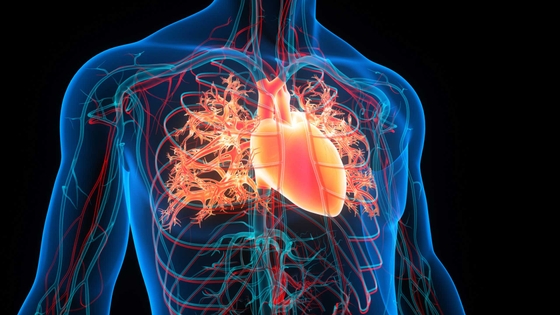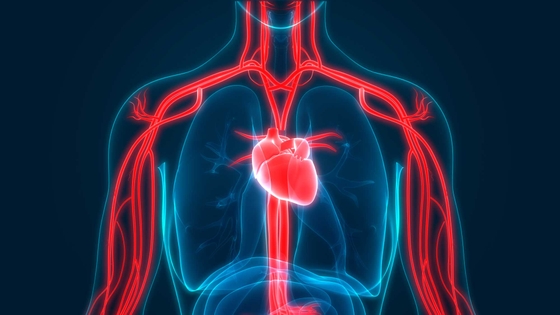New research to better control and treat life-threatening heart rhythm disorders
Media release: 8 June, 2023
World Heart Rhythm Week 2023
New research funded by the Heart Foundation aims to boost surgery success rates for life-threatening heart rhythm disorders (arrhythmias), leading to fewer Australians needing defibrillators installed in their chests.
Arrhythmias are a life-threatening condition where the heart beats slowly or rapidly.
The causes are varied and procedures (known as ‘catheter ablation’) are not always successful when scarring is too deep to be reached and treated.
A new study being led by Heart Foundation funded researcher Dr Pierre Qian (University of Sydney) is aiming to change that.
“A number of arrhythmias commonly occur due to scar tissue formed after a heart attack, which have abnormal properties that can lead to recurring arrhythmias,” Dr Qian said.
“Depending on the type of arrhythmia, medications may not always be the most suitable treatment, with many patients at high risk receiving an implanted cardiac defibrillator (ICD) which shocks their heart back into a normal rhythm, to prevent sudden death. While this saves lives, it commits a growing number of some arrhythmia patients to painful and traumatising defibrillator shocks.”
As opposed to treating irregular heartbeats with an ICD (where patients can be shocked over and over again), used in the right people, catheter ablation is a minimally invasive - and hopefully a once off - procedure where heart scar tissue causing arrhythmias are treated with electrical cautery.
“This procedure uses heat from an electric current to destroy abnormal tissue, however many scars are too deep which leads to arrhythmias recurring after the surgery.
"I hope my research will lead to improved techniques and outcomes that cure arrhythmias.”
I was six minutes into my treadmill session when my heart stopped beating.
South Australian father-of-three Daniel Lowe lives with an ICD.
In June 2016, the avid gym-goer was six minutes into his treadmill session at the gym when he suffered a cardiac arrest.
The then 35-year-old had no history of heart problems, and why he collapsed remains something of a mystery.
“There were no red flags at all. Essentially, I just dropped. My heart stopped and I stopped breathing for about 12-and-a-half minutes,” Daniel said.
Fortunately, the well-trained gym staff and some surf lifesavers swung into action, commencing cardiopulmonary resuscitation (CPR) and using an automated external defibrillator (AED) until paramedics arrived.
References
- Health Direct. (2022). Heart arrhythmias. Health Direct. https://www.healthdirect.gov.au/heart-arrhythmias
You might also be interested in...
.jpg?width=560&height=auto&format=pjpg&auto=webp)
What is an arrhythmia?
Explore the different types of arrhythmia, including tachycardia, bradycardia, and irregular heartbeats. Learn about symptoms, causes, and treatment options.

Atrial fibrillation clinical guidelines
Atrial fibrillation (AF) is the most common recurring arrhythmia faced in clinical practice. It’s estimated that AF is prevalent in two to four per cent of the population in developed nations, such as Australia, and causes substantial morbidity and mortality.

Atrial fibrillation clinical resources for healthcare professionals
Developed using current evidence from the Australian Clinical Guidelines for the Diagnosis and Management of Atrial Fibrillation (2018).
Last updated21 February 2024